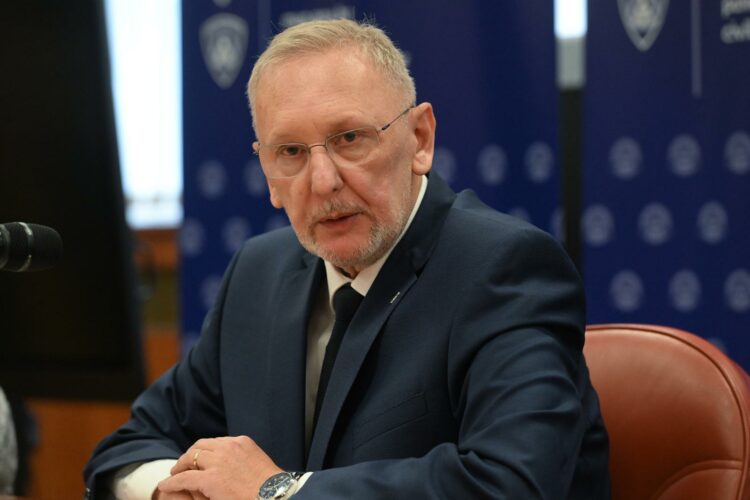
Croatia's entry to the Schengen area will be felt only on its western borders, which will become a thing of the past, Minister of the Interior Davor Bozinovic said on Saturday, noting that a large amount of money was invested in technical equipment but that the process of its improvement would never end.
The Schengen system has been in force for a long time and it was one of the conditions Croatia had to meet to join the Schengen area of passport-free travel, Bozinovic said in an interview with the HTV public broadcaster after on Thursday Croatia was confirmed as the 27th member of the Schengen area, with checks on land and sea border crossings to be cancelled on 1 January, while border checks at airports will no longer be necessary as of spring 2023.
“The changes will be felt only on the country’s western borders, which will become a thing of the past, while the regime on the eastern border will not change,” he said.
Croatian borders are already equipped in line with Schengen standards, Bozinovic said.
By entering Schengen, Croatia becomes the member with the longest border in the EU exposed to growing migrant pressure, and controlling that border is made more difficult by the shape of the terrain, he recalled.
Large amounts of money were invested in the technical equipment of border services and the process (of equipment) will never stop, he said.
Croatia has taken €220 million for equipment from EU funds, and €250 million has been envisaged for the next financial period, he said.
By entering the EU’s area without border checks, Croatia becomes a guardian of the EU’s external borders and will be subject to additional evaluations in the first year.
Evaluations are constant, and we expect them in the first year, he said.
“We expect to make constant progress,” he added.
Croatia is introducing two border control systems, Entry-Exit System (EES) and the European Travel Information and Authorisation System (ETIAS), which are in force at the EU level for security reasons, to avoid the need for border checks.
“EES is about taking biometric data and connecting with the Schengen calculator,” the minister said.
In practice, this means that a person aged 18-70, once registered by that system, will be monitored so that they do not stay more than 90 days or 180 days in the Schengen area, which is how long their Schengen visa is valid for, the minister said.
As for ETIAS, persons who are not citizens of EU countries do not have to apply for a visa to enter the Schengen area because, under the new rules, they have to register before travelling and obtain approval.
Bozinovic also said that he did not believe that Slovenia would carry out any additional checks on its border with Croatia.


Kakvo je tvoje mišljenje o ovome?
Budi prvi koji će ostaviti komentar!